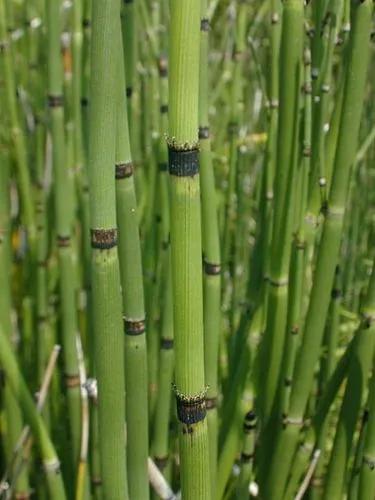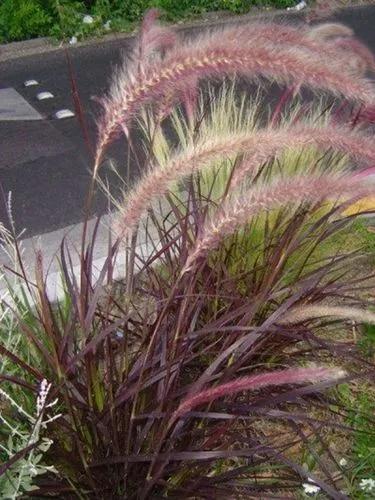Acorus gramineus is commonly called grassy-leaved sweet flag. It is native to wetland areas of China, Japan, Korea, India, Thailand, Myanmar and the Philippines. It is a semi-evergreen, marginal aquatic perennial that features a grass-like tuft of narrow, linear leaf blades (1/4“ wide) that fan outward to 6-12” tall.
Acorus Gramineous Care
Acorus Gramineus



How to Care for the Plant

Water

This is an aquatic plant, so constant or near-constant contact with water is essential. If the plants are not growing at water's edge, water as needed to keep the soil moist. Leaf scorch is an indication of too little water.

Fertilizer

Feed Japanese sweet flag grass as needed with a slow-release, slow- to medium-rate fertilizer, applied according to the product directions. If the plants are near a pond with fish, be aware of any fertilizer's effect on the water.

Sunlight

This water-loving plant also likes a fair amount of sun. It grows well in full to part shade, but more sun usually means that the soil needs more water to prevent it from drying out.

Soil

Japanese sweet flag grass is tolerant of a variety of soil types, including heavy clay, but it prefers fertile soil that stays moist at all times. It is not important that the soil is well-drained.

Temperature

Native to hot, humid climates of Asia, Japanese sweet flag grass can tolerate the heat and humidity in any U.S. region; dryness is another matter. But as long as the plant gets enough water, they will do fine. Protection from hot afternoon sun can be beneficial in very hot weather. Leaves can brown at the edges in cold winter weather.

Popularity

30 people already have this plant 2 people have added this plant to their wishlists
Discover more plants with the list below
Popular articles






